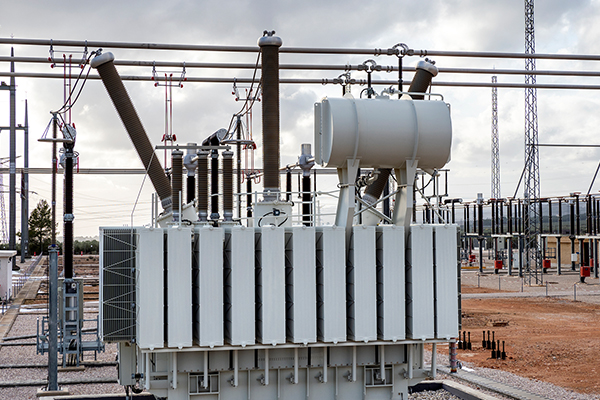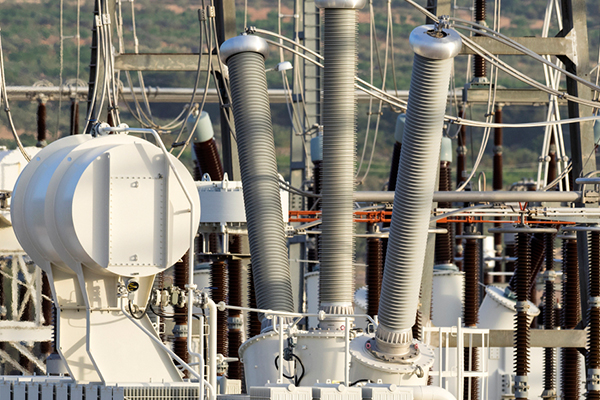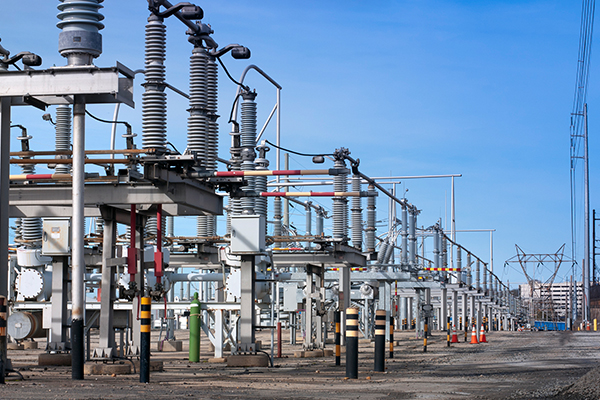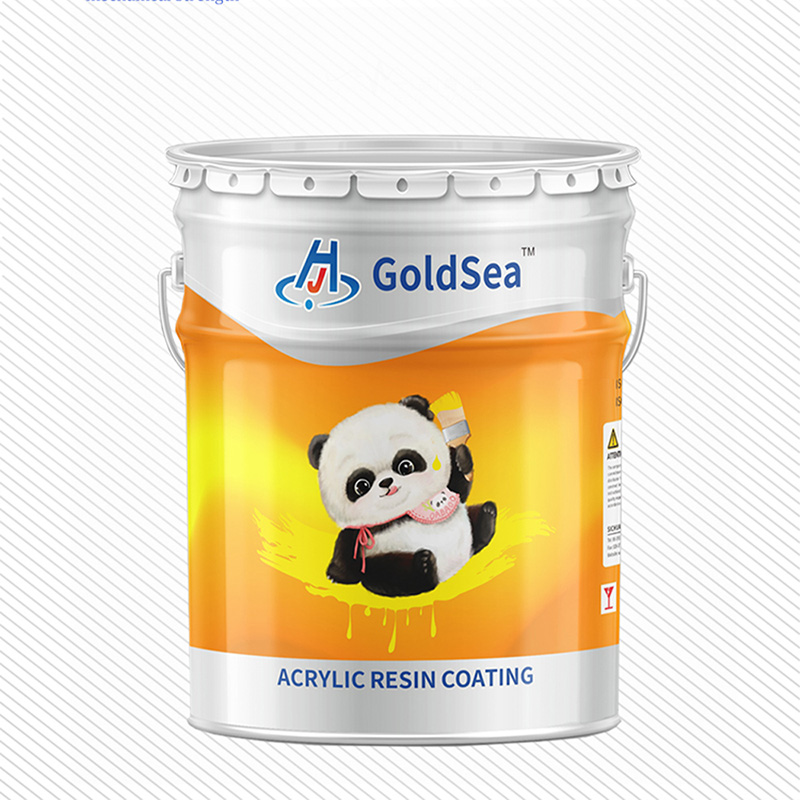Yc-8704a Insulating and Anti-corrosion nano-composite Ceramic coating
Product components and appearance
(Single-component ceramic coating
White liquid
YC-8704 colors: transparent, red, yellow, blue, white, etc. Color adjustment can be made according to customer requirements
Applicable substrate
Non-carbon steel, stainless steel, cast iron, titanium alloy, aluminum alloy, copper alloy, glass, ceramics, artificial stone, gypsum, concrete, ceramic fiber, wood, etc.

Applicable temperature
Long-term operating temperature range: -50℃ to 200℃.
The temperature resistance of the coating will vary accordingly depending on the temperature resistance of different substrates. Resistant to cold and heat shock and thermal vibration.

Product features
1. Nano coating is a single-component product, environmentally friendly and non-toxic. It is convenient to apply and saves paint. It has stable performance, good recoating performance and is easy to maintain.
2. The coating has a certain self-lubricating function, a relatively low coefficient of friction, becomes smoother with grinding, and has good wear resistance.
3. The nano-coating has an extremely strong penetration. Through penetration, coating, filling, sealing and surface film formation, it can stably and efficiently achieve three-dimensional sealing and waterproof performance.
The coating hardness can reach 6 to 7H, which is wear-resistant, durable, acid and alkali resistant, corrosion resistant, salt spray resistant, and anti-aging. It can be used outdoors or in high-humidity and high-heat working conditions.
5. The coating adheres well to the substrate, with a bonding strength greater than 5 MPa.
6. The coating has certain hydrophobic properties, does not absorb moisture and has stable insulation.
7. Other colors or other properties can be adjusted according to customer requirements.
Application fields
1. Pipes, lamps, vessels, graphite.
2. Efficient waterproofing for bathrooms or kitchens, sinks or tunnels, etc.
3. Underwater component surfaces (adapted to seawater), ships, yachts, etc.
4. Building decoration materials, furniture ornaments.
5. Hardening and enhancing the anti-corrosion properties of bamboo and wood.
Usage method
1. Preparation before coating
Paint filtration: Seal and roll on the curing machine until there is no sediment at the bottom of the bucket or seal and stir evenly without sediment. Then filter through a 200-mesh filter screen. After filtration, it is ready for use.
Base material cleaning: Degreasing and rust removal, surface roughening and sandblasting, sandblasting with Sa2.5 grade or above, the best effect is achieved by sandblasting with 46-mesh corundum (white corundum).
Coating tools: Clean and dry, must not come into contact with water or other substances, otherwise it will affect the efficacy of the coating or even render it unusable.
2. Coating method
Spraying: Spraying at room temperature, thick coatings can be made. After sandblasting, clean the workpiece thoroughly with anhydrous ethanol and dry it with compressed air. Then, the spraying process can begin.
3. Coating tools
Coating tool: Spray gun (diameter 1.0). The atomization effect of a small-diameter spray gun is better, and the spraying effect is superior. An air compressor and an air filter are required.
4. Coating treatment
It can cure naturally and can be left for more than 12 hours (surface drying in 2 hours, full drying in 24 hours, and ceramicization in 7 days). Or place it in an oven to dry naturally for 30 minutes, and then bake it at 150 degrees for another 30 minutes to cure quickly.
Note: 1. Depending on the different working conditions, the coating application and the above-mentioned coating treatment process can be applied twice (repeating all the above processes is counted as one application) or more than twice to achieve the most stable effect that matches the actual working conditions.
2. Do not pour the unused nano-coating from the original packaging back into it. Filter it through a 200-mesh filter cloth and store it separately. It can still be used later.
Product storage
Store in a light-proof and sealed container at 5℃ to 30℃. The shelf life of the nano-coating is 6 months. It is recommended to use it within one month after opening the lid

Unique to Youcai
1. Technical stability
After rigorous testing, the aerospace-grade nanocomposite ceramic technology process remains stable under extreme conditions, resistant to high temperatures, thermal shock and chemical corrosion.
2. Nano-dispersion technology
The unique dispersion process ensures that the nanoparticles are evenly distributed in the coating, avoiding agglomeration. Efficient interface treatment enhances the bonding between particles, improving the bonding strength between the coating and the substrate as well as the overall performance.
3. Coating controllability
Precise formulations and composite techniques enable the coating performance to be adjustable, such as hardness, wear resistance and thermal stability, meeting the requirements of different applications.
4. Micro-nano structure characteristics:
Nanocomposite ceramic particles wrap micrometer particles, fill the gaps, form a dense coating, and enhance compactness and corrosion resistance. Meanwhile, nanoparticles penetrate the surface of the substrate, forming a metal-ceramic interphase, which enhances the bonding force and overall strength.
Research and development principle
1. Thermal expansion matching issue: The thermal expansion coefficients of metal and ceramic materials often differ during heating and cooling processes. This may lead to the formation of microcracks in the coating during the temperature cycling process, or even peeling off. To address this issue, Youcai has developed new coating materials whose coefficient of thermal expansion is closer to that of the metal substrate, thereby reducing thermal stress.
2. Resistance to thermal shock and thermal vibration: When the metal surface coating rapidly switches between high and low temperatures, it must be able to withstand the resulting thermal stress without damage. This requires the coating to have excellent thermal shock resistance. By optimizing the microstructure of the coating, such as increasing the number of phase interfaces and reducing the grain size, Youcai can enhance its thermal shock resistance.
3. Bonding strength: The bonding strength between the coating and the metal substrate is crucial for the long-term stability and durability of the coating. To enhance the bonding strength, Youcai introduces an intermediate layer or transition layer between the coating and the substrate to improve the wettability and chemical bonding between the two.

















